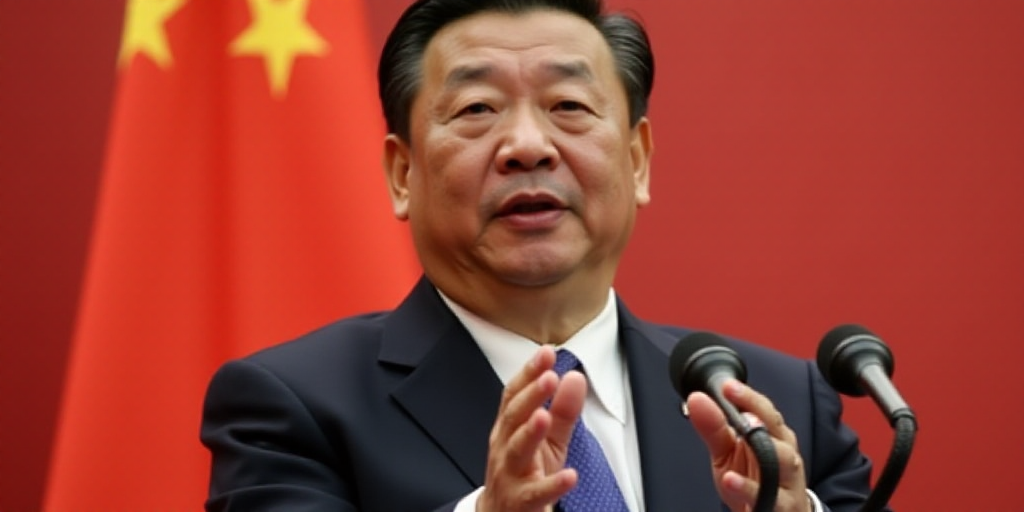Background on Li Qiang and China’s Economic Relevance
Li Qiang, the current Prime Minister of China, has expressed confidence that the world’s second-largest economy can maintain a “relatively rapid” growth rate as it shifts from a manufacturing-based model to one driven by consumer spending. This transition, deemed crucial by analysts, is vital for securing China’s future economic prospects.
Context of China’s Economic Challenges
Li Qiang’s optimistic outlook was shared during a speech at the World Economic Forum in Tianjin, as China grapples with economic repercussions from its ongoing trade war with the United States. Chinese authorities are implementing supportive policies to mitigate these damages, while simultaneously facing the pressing need for structural reforms.
Economic Paths Ahead
Most analysts believe China’s $19 trillion economy faces two primary paths: either sustaining relatively high, albeit slowing, growth fueled by robust exports—a trend likely to wane amid escalating trade tensions with the West—or enduring several years of slower growth while implementing reforms to unlock long-term gains through its vast consumer market.
Li Qiang’s Optimism
Despite these challenges, Prime Minister Li Qiang remains hopeful about China’s ability to achieve both objectives.
“We are confident in our capacity to maintain a relatively rapid growth rate for the Chinese economy,” Li stated.
“The Chinese economy demonstrated consistent improvement in the second quarter… Regardless of how the international environment evolves, the Chinese economy has persistently exhibited a robust growth momentum,” he added.
Growth Targets and Analyst Predictions
China has set a growth target for 2025 around 5.0%. However, analysts predict that sustaining this growth rate will be difficult without a lasting truce with Washington. Oxford Economics forecasts that China’s average annual GDP growth will halve, dropping from the 1999-2019 average of approximately 6.5% to 4.5%, and further slowing to 3.0% in the coming years.
Role of Political Support
Economists assert that increased political backing for households could facilitate the transition towards a consumption-driven growth model.
Key Questions and Answers
- What is the current economic situation in China? China’s economy, valued at $19 trillion, faces two primary paths: sustaining relatively high, albeit slowing, growth fueled by robust exports or enduring several years of slower growth while implementing reforms to unlock long-term gains through its vast consumer market.
- What growth target has China set for 2025? China aims for a growth rate around 5.0% by 2025.
- How do analysts predict China’s growth will fare in the coming years? Most analysts forecast that sustaining this growth rate will be challenging without a lasting truce with the United States. Oxford Economics predicts that China’s average annual GDP growth will halve, dropping from the 1999-2019 average of approximately 6.5% to 4.5%, and further slowing to 3.0% in the coming years.
- What role does political support play in China’s economic transition? Economists believe that increased political backing for households could facilitate the transition towards a consumption-driven growth model.






